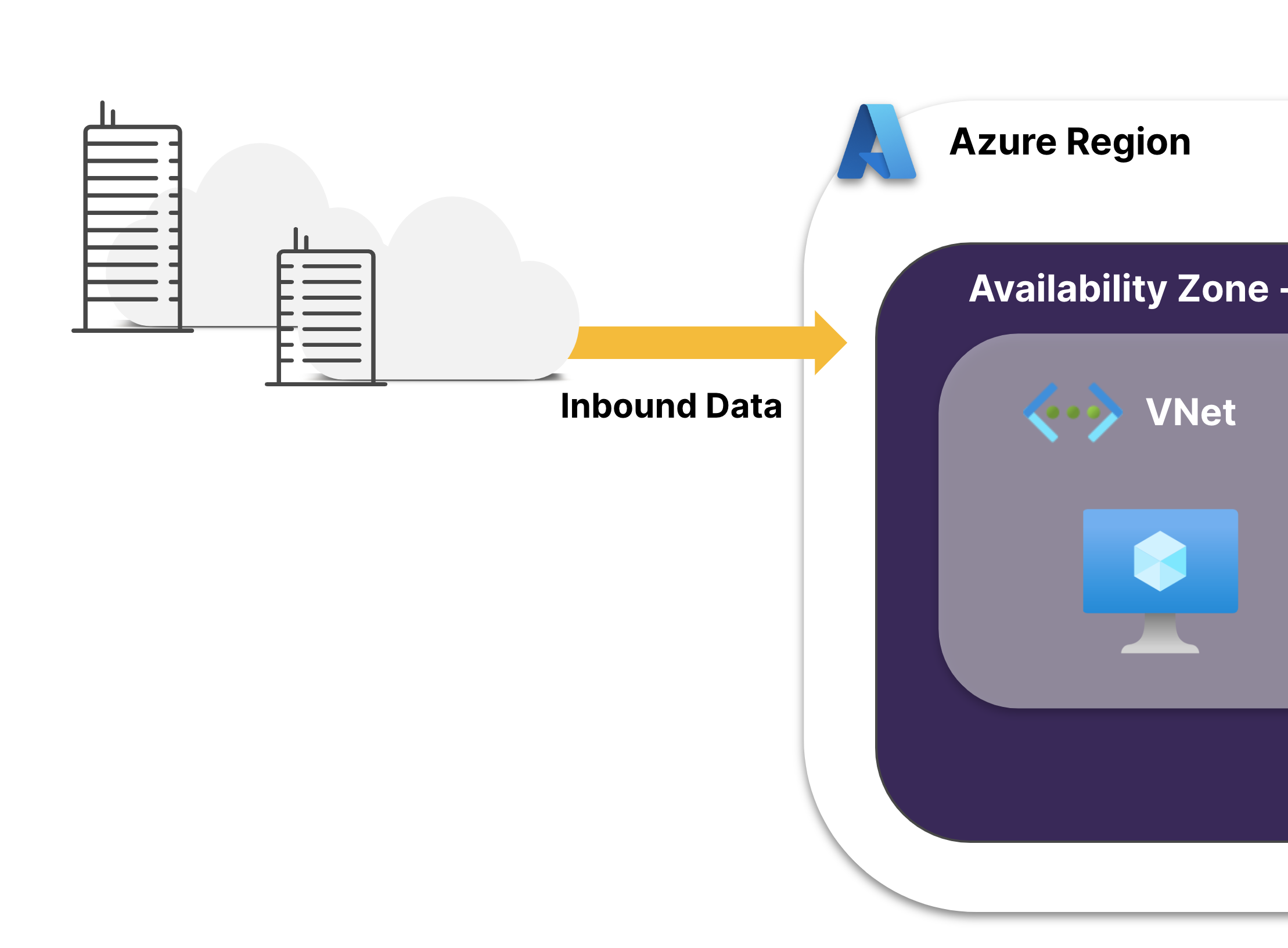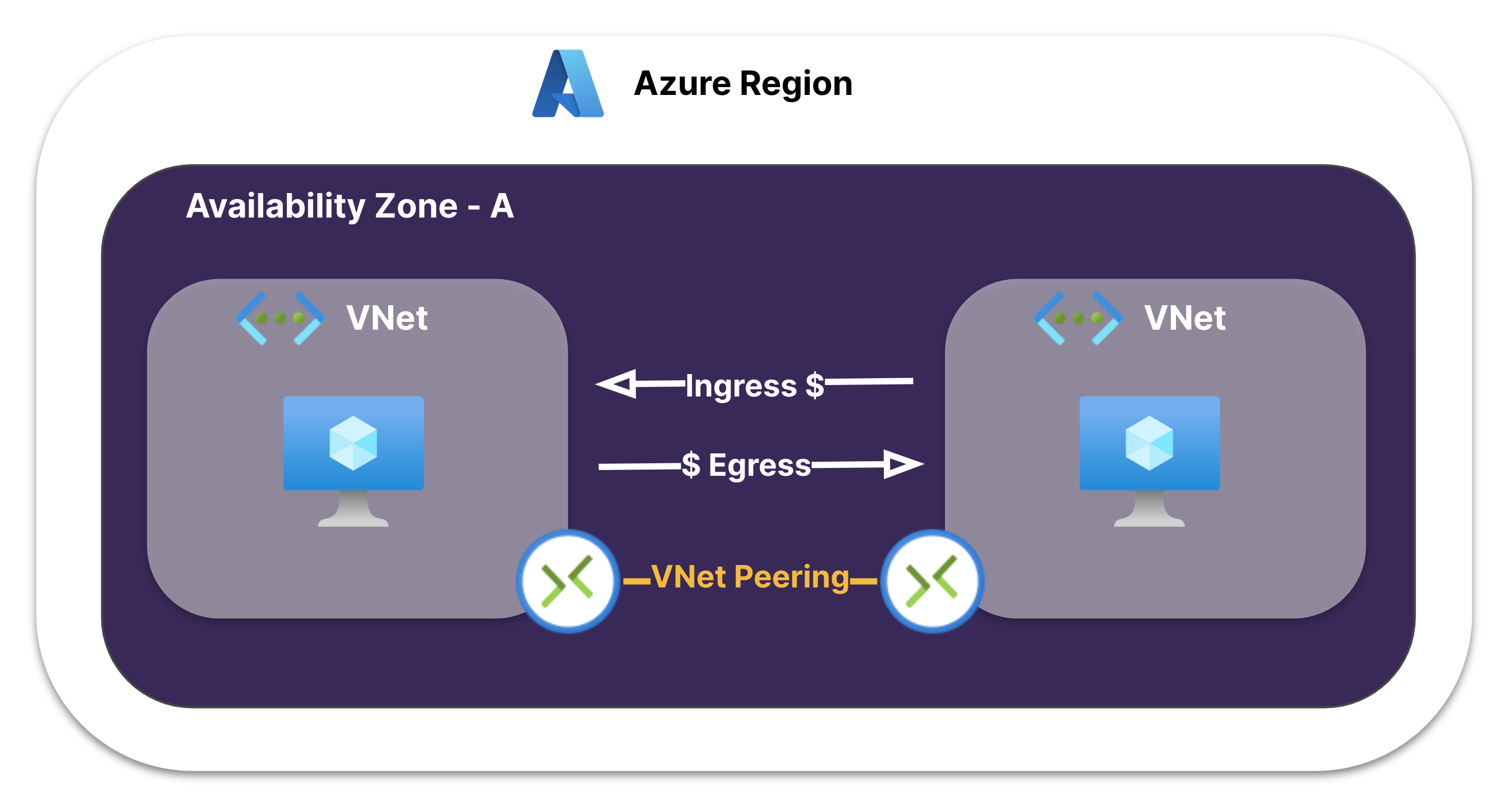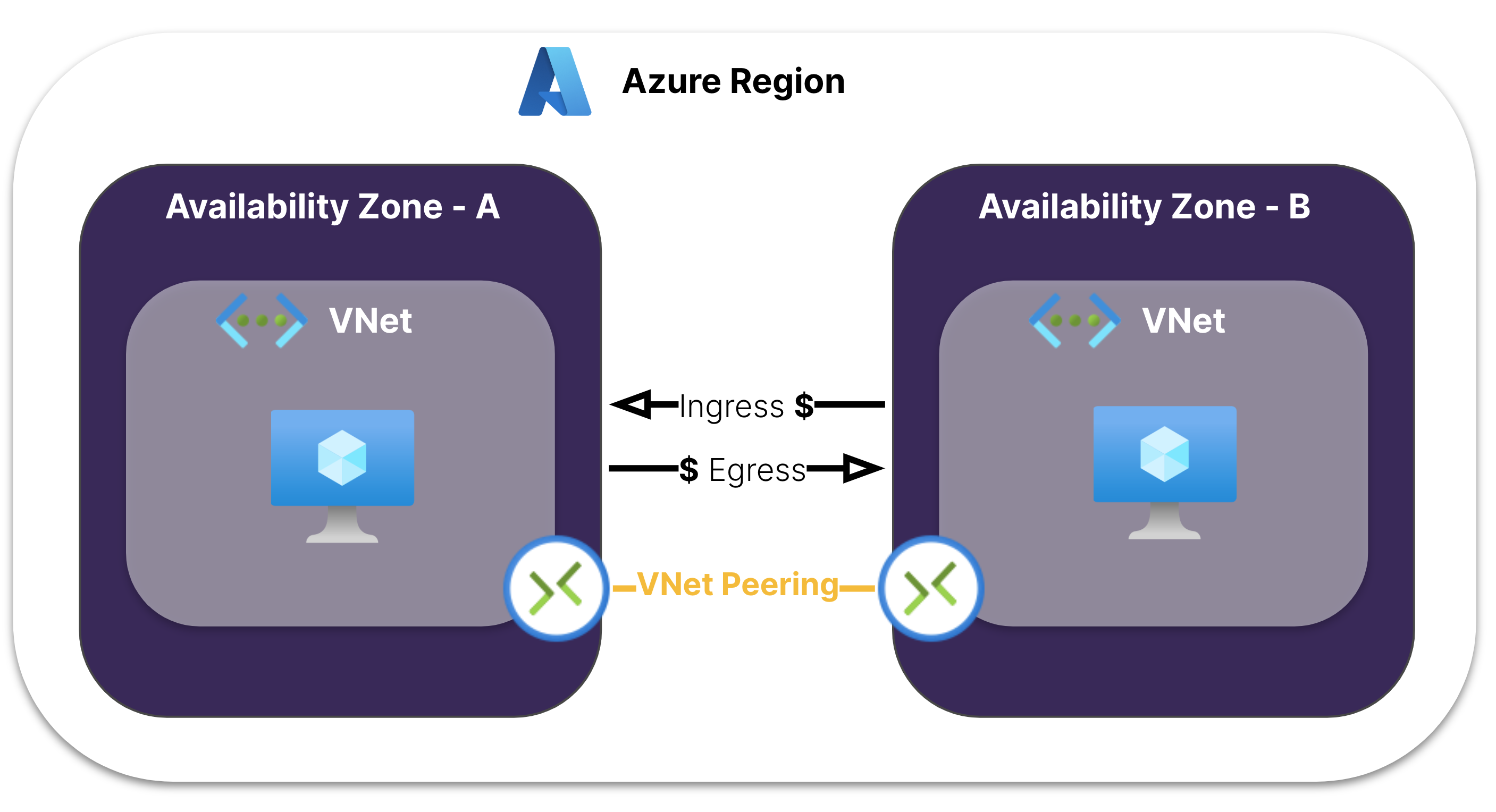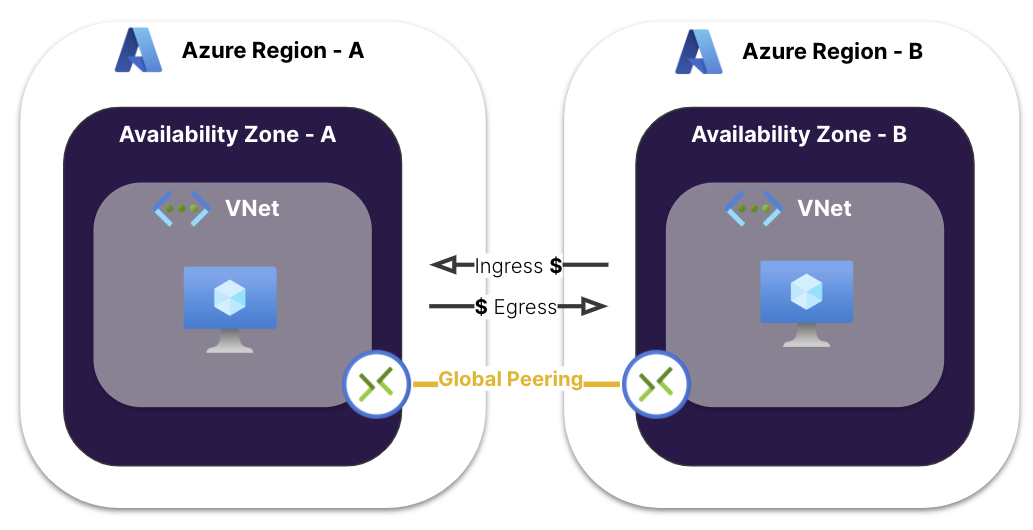Photo by Raychel Sanner on Unsplash
Azure bandwidth is the amount of data that is transferred in and out of your Azure resources. Bandwidth costs can be a significant portion of your overall Azure bill, but they are often overlooked. This blog post will discuss the importance of understanding your Azure bandwidth costs and how you can reduce them, or more precisely – know what are you billed for.
This blog focus mainly on Virtual Machines and IaaS resources in Azure. Other service may have different bandwidth pricing.
Data Transfer Scenarios
Before we start diving into the details of Azure bandwidth, let’s establish a foundational understanding of Azure’s bandwidth costs and the distinctions between what incurs charges and what does not.
Inbound Data Transfer
Ingress traffic directed towards Azure data centers is not subject to charges. Whether it be incoming traffic from an on-premises environment, another Azure region, or any other public cloud providers, there are no associated costs.
Throughout this blog I will be alternating between inbound == ingress or outbound == egress.

Data Transfer within Availability Zones
An Availability Zone represents an isolated area within an Azure Region. These zones are designed to facilitate the deployment of resources within a highly available architecture, offering protection against Azure datacenter-level disruptions.
Resources deployed within the same Virtual Network (vNET) are exempt from data transfer charges when communicating within the boundaries of an Availability Zone. Conversely, if resources situated within the same Availability Zone communicate across peered Virtual Networks (VNets), data transfer costs will be applicable according to the rates applied for VNet peering, $0.01 per GB for ingress and egress traffic at both ends of the peered networks.

Data Transfer Between Availability Zones or within the Same Region
Currently, there are no charges for data transmission between Availability Zones within a shared Virtual Network (vNET). However, Microsoft has indicated that charges for this kind of transfer may be introduced in the future.
In the case of data transfer between VNet resources residing in peered VNets across distinct Availability Zones, the associated data transfer costs will be in line with the rates prescribed for VNet peering. For comprehensive details, please consult the Virtual Network Pricing documentation.

Data Transfer Between Azure Regions
Azure imposes charges for data transmission that occurs beyond the confines of a single Azure region. This encompasses data transfers originating from a public endpoint (directly to a public IP address), transfers between VNet peers (also known as Global Peering), and transfers facilitated through a VPN Gateway.
Each of the aforementioned scenarios adheres to its own distinct pricing model, depends on the Zone from which the traffic originates. For VNet Global Peering, charges are applied both incoming and outgoing traffic.

To illustrate, consider a scenario where 50 TB of data is transferred monthly between two VNets – one situated in the Central US and the other in the East US region. In this instance, charges apply in both directions, and given that both VNets are within Zone 1, the calculation would be: 2 x 50 TB x $0.0350/GB = $3,500 for the baseline only! Think about sending other copies daily or sending data back to source region.
Outbound Data Transfer – Out of Azure Cloud
Just like when you move data between Azure regions, you will be charged for egress when you transfer data back to on-premises or to other public or private clouds. It is important to be aware of this cost factor, as it can be significant if you change your mind about your Azure deployment or if you need to implement high availability or hybrid disaster recovery solutions.

The prices listed in this article are examples based on Azure prices at the time of writing. Refer to Azure Bandwidth Pricing for updated pricing.
I hope this helps you to understand where those additional cost came from in your Azure bills. In part 2 of this blog series, I will cover how to design solutions and optimize the cost of running your Azure workloads.
comments powered by Disqus